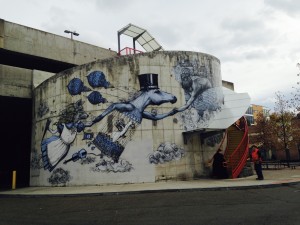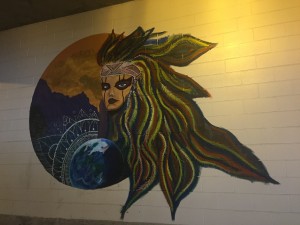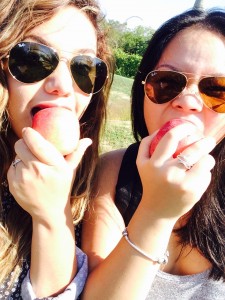On Friday the 13th I had the pleasure of participating in a little self defense workshop with the Karate teacher here at Cornell, Kathleen Garrity. She was a spunky little lady, full of energy. She taught us different techniques on how to escape an attacker in different kinds of situations. The first thing she taught us was having a good stance that displays self confidence and shows that you are unafraid in the presence of an attacker. To help build more confidence, we made a stance, with one leg in front of the other, and our hands in boxing position. We then practice some quick jabs and some yells. There are several ways to go next, but one of the first moves you should make is pushing your palm up to the bottom of their chin. Then you can grab the attacker and knee him in the body, and after that you can push him away from you and RUN. Another thing to do is to simply just create distance between you and the attacker. One of the best things I learned from her was not to display fear of any kind. I hope I will never have to use these techniques, but if the time ever comes, I feel slightly more prepared. I realized there are several things you can do to get yourself out of a sticky situation.
I come from New York City, and although I have never encountered a situation in which I was being attacked, it is a possibility. I always feel a little tense, especially if I’m returning home when it’s dark outside. Anything can happen. With Kathleen’s lesson on self-defense, I feel more at ease, and this lesson encouraged me to possibly start taking a martial arts class, so I can defend myself. Thank you to Kathleen for coming and sharing her knowledge!




